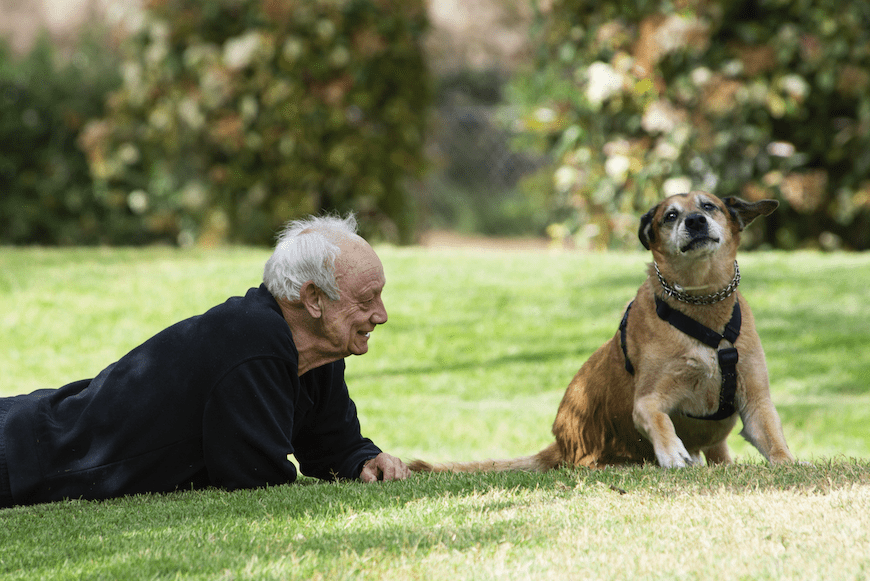Benjamin Franklin warned us a long time ago that “What’s begun in anger ends in shame.” Despite that, we’re told from an early age that releasing your anger – or venting – helps to act as a safety valve, releasing the built-up pressure. But maybe that conventional wisdom isn’t the best advice after all.
New research from The Ohio State University, appearing in the April issue of Clinical Psychology Review, shows that venting doesn’t help at all.
Researchers found that taming reduces anger by reining in physiological arousal. Activities that boosted arousal had little to no effect on anger, while some made things worse.
Anger Analysis
“I think it’s really important to bust the myth that if you’re angry you should blow off steam – get it off your chest,” OSU professor of communication – and senior author of the new study – Brad Bushman said. “Venting anger might sound like a good idea, but there’s not a shred of scientific evidence to support catharsis theory.
The university researchers relied on a meta-analytic review of 154 studies involving more than 10,00 participants that spanned a broad swath of demographics.
Using the Schachter-Singer two-factor theory, which supposes that emotions, such as anger, stem from a mix of physiological arousal and cognitive interpretation, the team focused specifically on the role of arousal. They analyzed arousal-increasing and decreasing activities and their efficacy in handling anger.
What Works Best?
The researchers found that arousal-decreasing activities effectively helped kept the anger at bay – in the lab and the field. Productive techniques, they reported, included:
- Deep breathing.
- Relaxation.
- Mindfulness.
- Meditation.
- Slow-flow yoga.
- Progressive muscle relaxation.
- Diaphragmic breathing.
- Taking a timeout.
“It was really interesting to see that progressive muscle relaxation and just relaxation, in general, might be as effective as approaches such as mindfulness and meditation,” first author and postdoctoral fellow Sophie Kjærvik explained in a press release. “And yoga, which can be more arousing than meditation and mindfulness, is still a way of calming and focusing on your breath that has a similar effect in reducing anger.”
What Doesn’t Work
On the other hand, the researchers noted that arousal-boosting activities – such as running and swimming – proved less effective. The team described jogging as the most likely to fuel anger, “while physical education classes and playing ball sports had an arousal-decreasing effect – suggesting to the researchers that introducing an element of play into physical activity may at least increase positive emotions or counteract negative feelings.”
Overall, the study authors argue that these findings “underscore the value of incorporating physiological arousal reduction techniques, such as breathing, relaxation, meditation, yoga, and mindfulness into anger management programs.”
The study showed that these techniques worked in group and individual settings, and across demographics. These results also persisted consistently over longer time frames, even years.
“These findings provide insight for researchers and practitioners on the characteristics to consider in designing anger management programs,” the researchers wrote. “In addition, the results shed light on the general misunderstanding that letting off steam or going for a run are effective anger management activities. It is much better to engage in activities that decrease arousal than activities that increase arousal.”
Further Reading
Evaluation and Treatment of the Angry Patient




